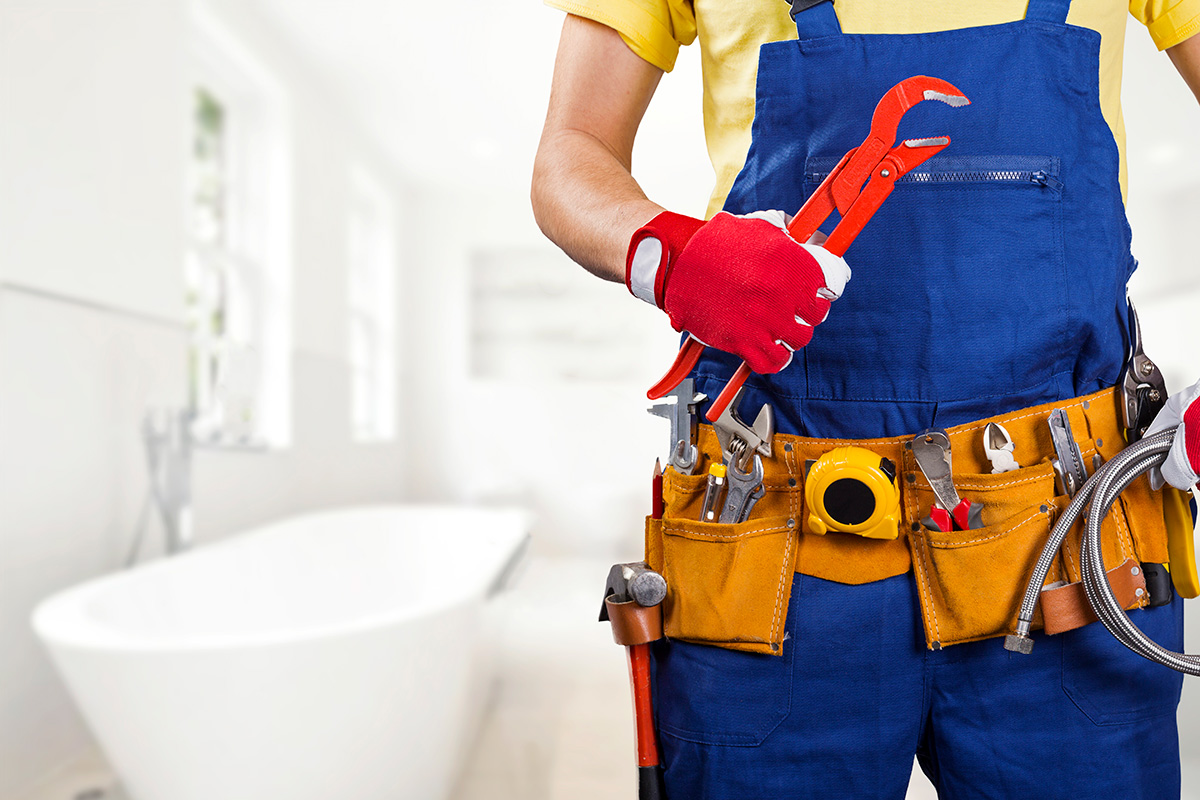Vital Plumbing Alabaster AL Tips for Homeowners
Vital Plumbing Alabaster AL Tips for Homeowners
Blog Article
A Step-by-Step Guide to Effective Hot Water Heater Installment for Optimal Performance
Beginning on the task of setting up a water heating unit is an endeavor that demands precision and a methodical strategy for attaining ideal performance. As you proceed, the ins and outs of connecting water supply lines and establishing up trustworthy electric or gas connections wait for, promising insights into ensuring performance and reliability.
Picking the Right Water Heating System

Next, consider the dimension and ability of the hot water heater. It's vital to evaluate your house's warm water needs, which can vary based on the variety of passengers and their usage patterns. A device that's also small may bring about inadequate hot water, while an oversized version might lead to unneeded power intake.
Effectiveness rankings likewise play a crucial duty in choice. Try to find hot water heater with high Energy Variable (EF) ratings, showing remarkable efficiency and lowered power use. Tankless designs, though normally much more costly in advance, deal substantial power savings in time due to their on-demand heating capabilities.
Preparing the Installment Area
Before mounting a new water heating system, careful prep work of the setup area is necessary. It's crucial to measure the area thoroughly to fit the water heater's dimensions, ensuring ample clearance around the unit for effective operation and maintenance.
Inspect the floor for security, as the water heater will need a solid, degree surface to run successfully. If needed, install a drip frying pan underneath the system to catch possible leaks or spills, preventing water damages to the surrounding area.
Additionally, guarantee that all necessary devices and materials get on hand prior to beginning the installment. This includes things such as wrenches, screwdrivers, a degree, and any kind of extra hardware needed for securing the heating unit and placing. A well-prepared installment area establishes the structure for an effective hot water heater configuration, maximizing efficiency and safety and security.
Connecting Water System Lines
When connecting supply of water lines to your recently installed hot water heater, it is essential to make certain that all connections are leak-free and secure to preserve reliable operation and prevent water damages. Begin by identifying the hot and chilly water lines. The cold find more information water inlet is typically marked with a blue label or a "C", while the warm water electrical outlet is marked with a red tag or an "H".
Usage flexible water heater ports to facilitate an easier installment procedure. Prior to connecting the adapters, put a plumbing's tape around the threaded ends of the water heating system's inlet and outlet pipelines.
As soon as links are in area, slowly switch on the main water supply shutoff. Check each connection for leaks by visually feeling and checking for wetness. Tighten up connections as required, and ensure the pressure alleviation valve is properly mounted, securing against extreme pressure accumulation.
Setting Up Electrical or Gas Links
Correctly setting up the electric or gas connections for your water heater is an important step to ensure reliable and safe procedure. For electrical water heating units, start by verifying that the electric circuit is compatible with the heating system's voltage and amperage demands.
For gas hot water heater, security is critical. Confirm that the gas supply is off prior to proceeding. Attach the gas line to the water heater using an adaptable gas port, ensuring it is effectively threaded and secured with pipe joint compound or Teflon tape appropriate for gas connections. Tighten up the connections with a wrench, taking treatment not to over-tighten (Plumbing Alabaster AL).
As soon as links are made, inspect for any type of prospective leaks. For gas lines, apply a soapy water service to the joints; bubbles suggest a leakage. For electric connections, double-check that all circuitry is safe and secure and properly insulated, preserving compliance with local electric codes.
Readjusting and examining for Efficiency
With the electrical and gas connections firmly in area, the next step is evaluating the functional effectiveness of your water heating unit. Begin by thoroughly turning on the water supply and making certain there are no leakages at any of the joints or valves.
Next, perform a comprehensive inspection to Click Here make certain the burner or gas burners are operating properly. For electrical heating units, utilize a Website multimeter to validate if the aspects are drawing the ideal present. In gas designs, observe the heater flame; it should be stable and blue, indicating effective combustion.
Adjust the setups as necessary to eliminate ineffectiveness. Consider carrying out insulation steps, such as adding a water heating system blanket, to additionally enhance efficiency by reducing heat loss. Furthermore, inspect the anode rod's problem, as a scrubby rod can minimize efficiency and result in storage tank deterioration.
Conclusion
Reliable water heating system installment is crucial for guaranteeing ideal performance and energy cost savings. Safely linking water supply lines and very carefully setting up electrical or gas links lessen possible problems.

Correctly setting up the electrical or gas connections for your water heating unit is a crucial step to ensure efficient and risk-free operation. For electric water heating units, begin by confirming that the electrical circuit is compatible with the heater's voltage and amperage requirements. Connect the gas line to the water heater using a flexible gas connector, guaranteeing it is effectively threaded and secured with pipeline joint substance or Teflon tape appropriate for gas connections.
Report this page